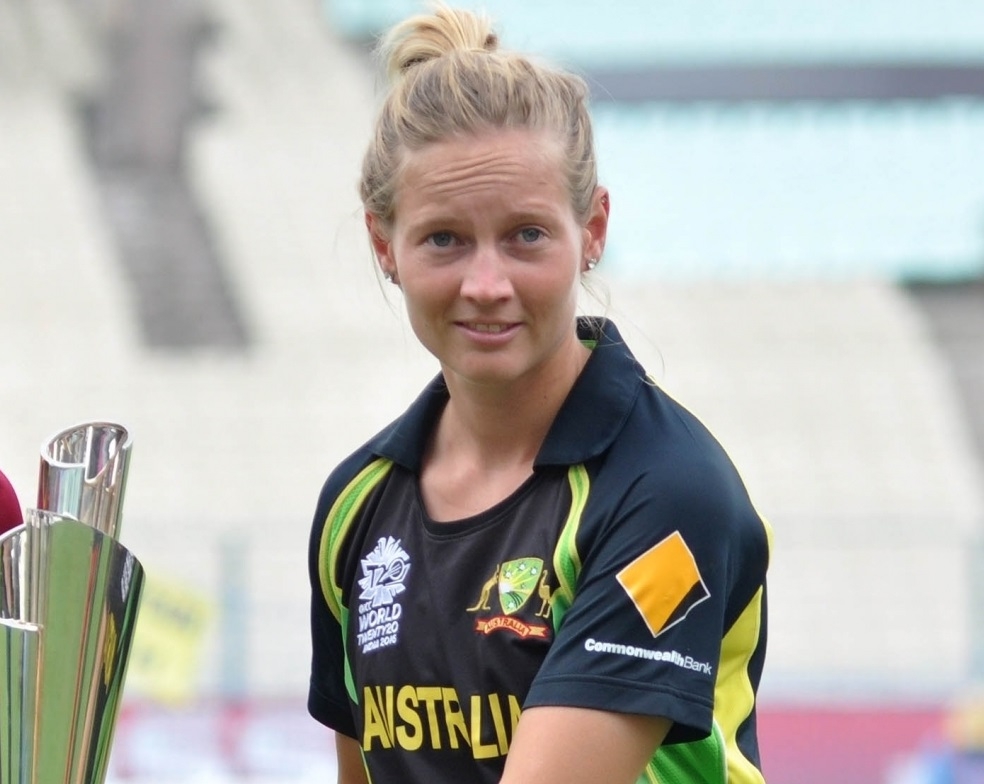The number of cases of novel coronavirus disease is unabated in the national capital. According to the Union Health Ministry data, Delhi has reported a total of 23,645 cases so far and stands at third position in terms of reporting most number of the cases in the country, after Maharashtra and Tamil Nadu. On Wednesday, Delhi witnessed a record single day spike of over 1,500 cases.
What factors are responsible for making the national capital the hotbed for coronavirus pandemic? The state government attributes the rising number of cases to the extensive testing. On May 1, Delhi’s Chief Minister Arvind Kejriwal said, “In Delhi, the state government conducted 2,300 tests for one million people, which is way higher than the national average. Our aim is to test more number of people, so that we can detect coronavirus positive patients and start proper treatment.”
According to Gurvinder Kaur, Medical Superintendent Fortis Hospital, Shalimar Bagh, the ‘Unlock 1’ in Delhi is one of the key factors for the rising number of cases here. Speaking to IANS doctor Kaur said, “Till Delhi was in lockdown, mingling was less. The incline was there though, but was not so steep. Now with lockdown ending, there are more people on the roads, more people using public transport which is leading to faster transmission and there is also an increase in tests. Therefore, we need to be mindful of the same.

Kaur also said that there is a life cycle to a pandemic. Every patient who is affected leads to infection in 2.6 more people. As the number of affected people rises the likelihood for them passing on the infection to others also rises. “Incubation period of the disease is for 14 days, so anyone who is affected, will take 14 days to show symptoms and during this time the infected person will continue to pass on the infection. These are the factors which have worked in sync in increase of patient numbers,” she said, adding “if we need to contain the virus in the coming days, then maintain hand hygiene, maintain social distancing and we need to take the advisories seriously to flatten the curve.
Another expert, Dr. Col. Vijay Dutta of the Internal Medicine Department of the Indian Spinal Injuries Centre, Delhi, told IANS that increased number of testing and unlock 1 are the most important factors responsible for the spike in the cases here. “The sudden spike is happening due to the number of testing that has increased and now the markets are open, it will go further.”
He also suggested that the government should avoid opening of schools for children up to the age of 10 years as they have been showing diverse manifestations of the disease.
“It is clear by now that the virus is here to stay even if we develop a vaccine. Therefore, our strategy should be to reduce transmission, for which social distancing and awareness about the symptoms remain key factors. At the workplaces which have started operation, sanitization of surfaces and hand hygiene will remain important,” he said.
He said: “The government may consider ways for crowd management in markets which have opened now, especially the smaller ones selling things of daily needs. Children have shown diverse manifestation of the disease, so opening of schools should be avoided. It is important to make sustained efforts to ramp up testing that will help in identifying cases.”
Meanwhile, the rising number of cases in the national capital continue to give sleepless nights to the Delhi government and it has tightened the criteria for testing of COVID-19. It has restricted the criteria for testing close contacts and said that the asymptomatic close contacts will only be tested if they have comorbidity.
The government has also sealed its borders with the states of Haryana and Uttar Pradesh in places like Gurugram, Faridabad and Gautam Buddha Nagar. It has also mandated for seven days home quarantine for all asymptomatic passengers coming to Delhi.
The ruling Aam Aadmi Party spokesperson and MLA Raghav Chadha on Wednesday alleged that the Ram Manohar Lohia (RML) was giving out erroneous Covid-19 reports. To which the RML authorities said, “The dates of sampling were different — a gap of 7-14 days when resampling was done. We are doing quality checks with AIIMS and NCDC and the results are concordant. Our positivity is more as all hotspots cases, family clusters and high risk contacts of lab confirmed cases are more in our screening centre. Also we don’t have any backlog now. It was earlier when kits were not available.”








